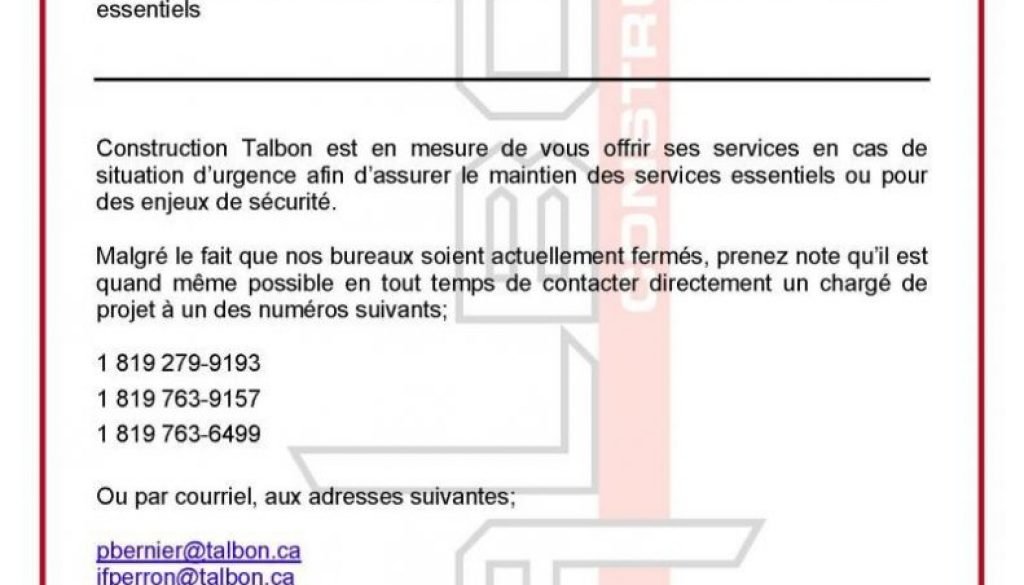Taliban Ideology and Traditional Rural Stakeholders’ Influence, Best information.
The Taliban deprived girls of an education in the past. This system is also related to Taliban ideology and traditional rural stakeholders’ influence. However, the talbon has changed now. The Taliban has promised to respect women and minority communities and provide amnesty to U.S. troops, but their administration has struggled to provide basic needs, such as food and security.
Taliban ended education for girls

When the Taliban ruled Afghanistan from 1996 to 2001, they banned education for girls, as well as most employment for women. This has prompted the international community to demand that the Taliban government reverse its decision. Last year, the Taliban allowed boys and girls to attend school again. While the Taliban has repeatedly stated that girls must be taught according to Islamic law, they have not explained what this means. The BBC reported that the Taliban’s action was related to the issue of school uniforms.
Taliban ideology
While the Taliban ideology draws on many elements of Islamic thought, its fundamentalist ethos is distinct from other radical Islamist ideologies. The Taliban place great importance on religious values and control all aspects of life, including the education of women. They view diversity as unsustainable and seek to create a monolithic ‘Islamic civilisation’ based on male authority. As a result, the Taliban ideology combines the most conservative elements of the Wahhabi and Deobandi schools of Islam, while rejecting progressive debate-based culture.

In their view, foreign aid helps support their ideology by enabling them to monopolize power and establish relations with regional powers. As a result, the Taliban use political language to justify their policies and tactics. In addition to promoting their ideology, the Taliban also sought to garner donations from foreign states. The organization also argued that recognition would improve the living conditions of women and girls, as well as religious and ethnic minorities.
The Taliban ideology is distinctive because it is religiously motivated, and it offers an alternative to other regimes in the region. Though all states in the region have significant Muslim populations, each one claims religious legitimacy and control over Islamic interpretation. In addition, the Taliban system stands apart as a theological and military order. Improvised against the background of forty years of jihad, it insists that its approach to core issues is superior to other ideologies. Moreover, it has influenced international politics in recent years.
In the twenty years between the two Taliban governments, the human rights situation in Afghanistan has improved. The number of women in national and community positions is up, and women now make up more than a third of the electorate. In addition, the death rate of women has decreased by more than half. Moreover, the life expectancy of women has increased by eight years. Furthermore, the number of girls enrolled in primary school has increased from eight percent in 2000 to 87 percent in 2019. Moreover, women have begun to participate in the labor force, with a participation rate of 22 percent in 2019.
Taliban ideology has drawn criticisms from both a religious and cultural perspective. Some have claimed that it combines Pashtun nationalism and Islamist extremism. Others have said that it is a representative of regressive forces in the region. Nevertheless, the Afghan people continue to view the Taliban as a foreign, undemocratic force that is far from representing their own interests. They have also been critical of the Taliban’s ideology, as it does not reflect the values of the Afghan people. In addition to the fact that it conflates Islamist extremism with Pashtun nationalism, it fails to represent the diversity of ethnicities and religious identities in Afghanistan.
In addition to the political and economic oppression, the Taliban has also restricted the freedom of Afghan women and girls. For instance, the Taliban banned girls over the age of eight from attending school, banned women from carrying bags, and shackled many women from working.
Traditional rural stakeholders exert influence over the Taliban
Traditional rural stakeholders in Afghanistan have varying degrees of influence on the Taliban regime. The majority of the leadership in the Taliban is Pashtun, which has led to unrest in minority communities. For example, the majority-Uzbek province of Faryab experienced unrest in January 2022. The Taliban have sought to work with local stakeholders to improve relations with these communities, but the results have been mixed.

To achieve a sustainable education system, the Taliban must demonstrate that they are willing to accommodate diverse communities and protect fundamental rights. This includes the right of girls and boys to attend school and the right to learn. In this regard, they must issue clear orders not to obstruct schools and work with donors and community-based education providers to expand schools. They must also promote community-based education in areas where families have historically refused to send their children to school.
The Taliban have also put in place morality officials, known as “vice and virtue police,” to monitor the adherence of communities to Taliban-prescribed social codes. While the Taliban’s strictness in these matters varies by district and province, they are generally not very lenient in addressing serious abuses. In addition, communities are often afraid of reprisals for reporting abuse, and any criticism of the Taliban is often framed as spying.
The Taliban also impose taxes in Taliban-controlled areas, such as electricity and mobile phone bills. These small levies weave the Taliban authority into everyday life. One example is Islamuddin, a truck driver from the Nawzad district of Helmand, a volatile southern province, on the opposite side of the country from Kunduz. He was stopping in Lashkar Gah for supplies. Taliban Ideology
Although the Taliban’s cabinet initially seemed to be the dominant force in governance, they increasingly rely on the Taliban’s emir based in Kandahar for guidance. On March 23, the Taliban emir overruled the ban on the return of girls to high school. However, the Taliban emir also consults with ultraconservative Taliban clerics to make important decisions. The two Taliban factions have become known as “dueling centers of power.”
The Taliban’s inclusion of ethnic minorities in its coalition is also viewed favorably by Tehran. In fact, several top Taliban leaders have visited Tehran for consultations. Iran has sought to maintain good relations with all stakeholders in Afghanistan. Moreover, the Iranian government’s special representative for Afghanistan, Mohammad Ebrahim Taherian, has met with Taliban political leaders regularly.
The United States government has tried and failed to broker peace between the Taliban and the Islamic Republic of Afghanistan, and the Taliban has yet to negotiate a peace deal with the Islamic Republic of Afghanistan. However, the Taliban are more willing to compromise than the United States has in the past. In the end, a deal between the Taliban and the Islamic Republic is unlikely. Taliban Ideology
Despite the Taliban’s success in conquering major cities in the north and south of Afghanistan, they remain a threat. This has led to the U.S. and Afghan allies to accelerate evacuation. The Taliban have also taken over major towns in Herat and Kandahar. Taliban Ideology Taliban Ideology Taliban Ideology Taliban Ideology



